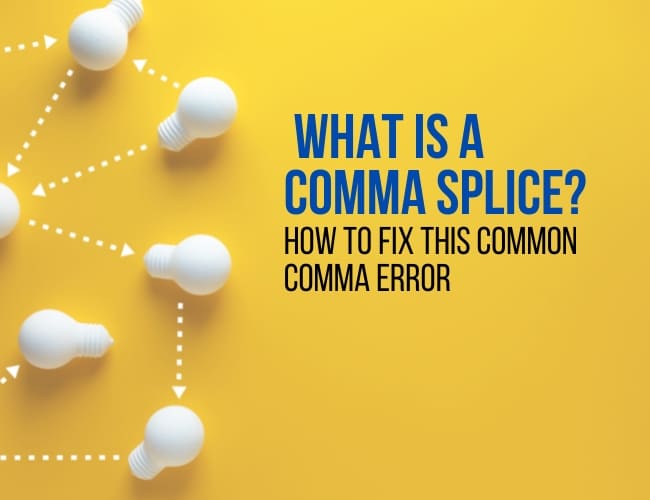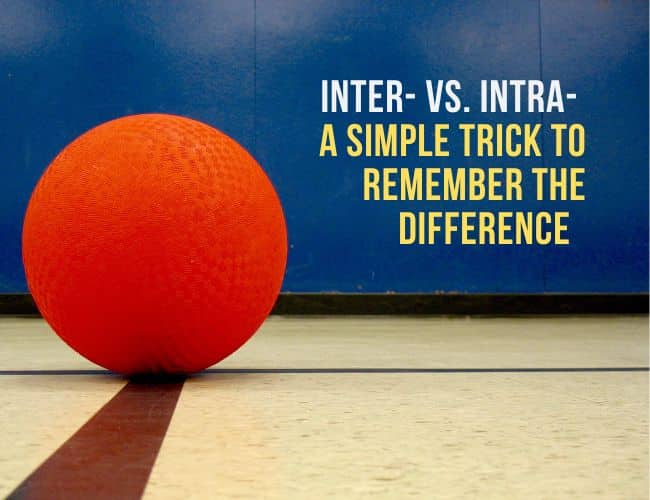
by Liz Bureman |
We’re venturing into a realm where writers bend the rules of grammar in the name of creativity, but to the great frustration of editors. A comma splice is one of the most easily avoidable grammatical travesties.

by Liz Bureman |
When someone asks you, “How are you?” how should you respond? Should you say, “I’m good,” or, “I’m well?” Which is correct grammatically: good or well.
Since “how are you?” became a standard greeting, the use of good vs. well has been hotly disputed. Let’s straighten this confusion out.

by Liz Bureman |
I play kickball on a league in Denver, and if you haven’t tried playing this playground game as a grown person, I highly recommend it.
I was talking about my team with someone this past weekend, and they asked, “Oh, it’s like intramural kickball?” I said yes, although it is weird to hear someone use the word intramural outside of college.
Also, it’s definitely intramural, not intermural. But what’s the difference?

by Liz Bureman |
A few years ago, I rented a car. Normally this wouldn’t be a memorable event. But an appalling misuse of grammar burned it into my mind, and years later, I haven’t forgotten.
You see, when I went to the airport to return the rental, I saw this wonderfully instructive sign:
Please… LEAVE “KEYS” IN CAR!
And this brings me to today’s grammar lesson: how and when to use quotation marks.

by Liz Bureman |
Today we’re looking at a literary device that you’re probably using in everyday speech, even if you didn’t know the name of it. Let’s define synecdoche, look at some examples, and talk about how you can use it in your writing.




